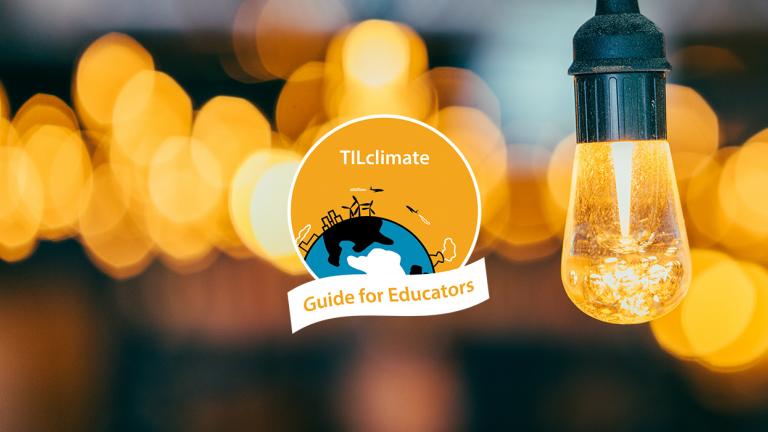
This Guide for Educators was developed by the MIT Environmental Solutions Initiative as an extension of our TILclimate (Today I Learned: Climate) podcast, to make it easier for you to teach climate change, earth science, and energy topics in the classroom. It is an extension of the TILclimate episode "TIL about energy efficiency."
Browse all TILclimate guides for educators.
Description
Saving energy reduces current fossil fuel use, makes the transition to non-carbon energy sources easier, and often makes buildings more comfortable to be in. A qualitative energy efficiency audit, combined with an interview with a facilities manager for the school, allows students to explore options to reduce energy use in the classroom. A quantitative energy audit provides students with data to present to school decision-makers.
SWBAT:
-
Explain the connection between fossil fuel use and climate change
-
Explain why energy efficiency is important
-
Identify key behavioral and technological fixes for energy efficiency in the classroom
Skills:
- Data collection
- Observation
- Communication
Standards:
-
HS-ETS1-3 Evaluate a solution to a complex real-world problem based on prioritized criteria and trade-offs.
-
HS-ESS3-4 Evaluate or refine a technological solution that reduces impacts of human activities on natural systems.
-
CCSS.ELA-LITERACY.RH History/Social Studies
-
CCSS.ELA-LITERACY.SL Speaking & Listening
Disciplinary core ideas:
-
ESS3.C Human Impacts on Earth Systems
-
ETS1.A Defining and Delimiting an Engineering Problem
-
ETS1.B Developing Possible Solutions
What is included in this Educator Guide
- How to use TILclimate Educator Guides (Download)
- Full Educator Guide (Download)
- Includes both Teacher and Student pages
- Includes both Teacher and Student pages
- Teacher pages (Download)
- Includes materials, discussion questions, background resources, and adaptation suggestions for science, social science, and ELA teachers
- Includes materials, discussion questions, background resources, and adaptation suggestions for science, social science, and ELA teachers
- Student pages (Download)
- Reading: History of Energy Efficiency
- Investigation: Qualitative Classroom Energy Audit
- Communication: Make Your Recommendations Guide
- Investigation: Quantitative School Energy Audit
We are proud to be selected as part of the CLEAN (Climate Literacy and Energy Awareness Network) digital collection of high-quality resources that address climate and energy-related topics and are passed through an extensive peer-review process.
Listen to the episode



